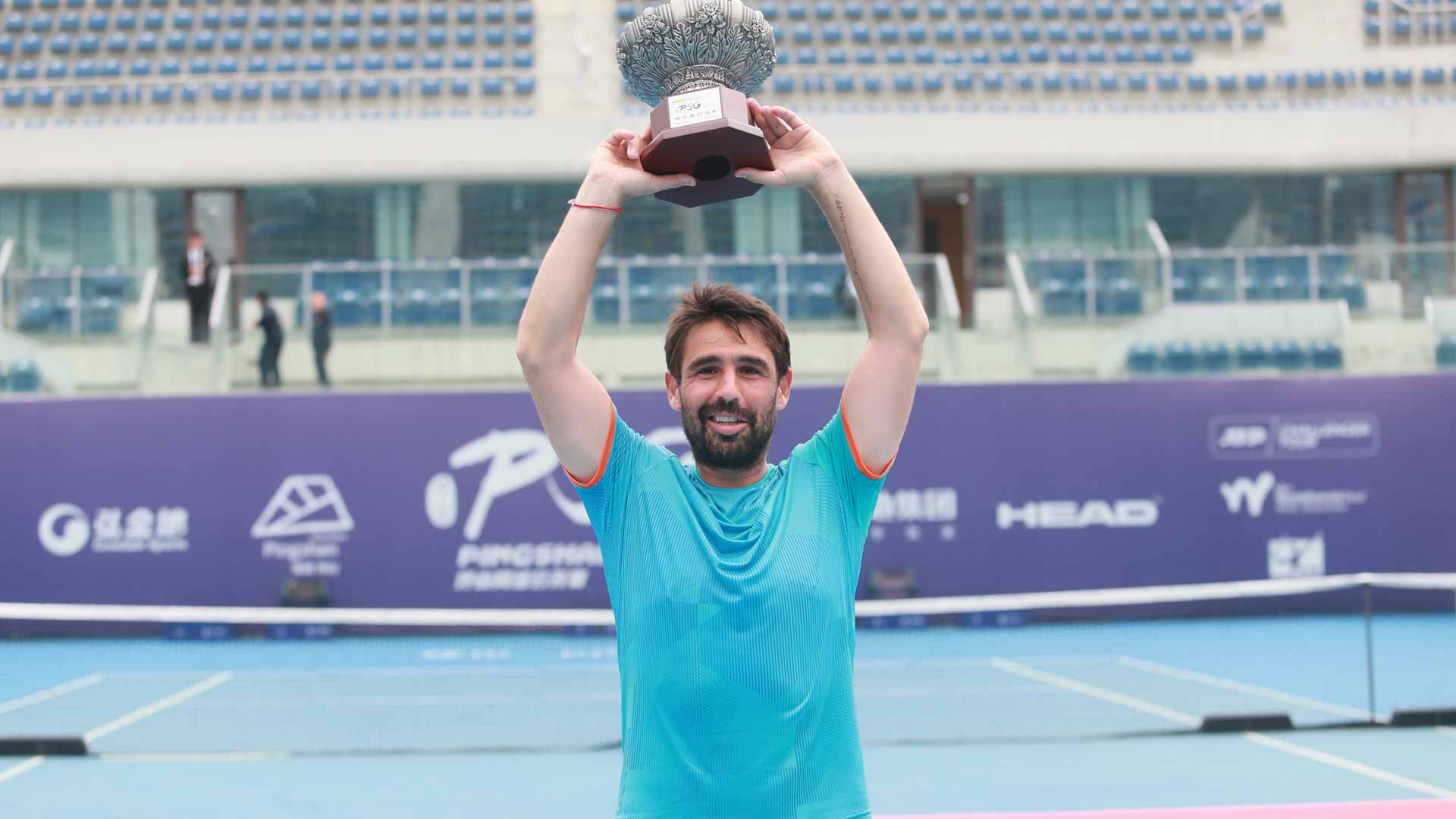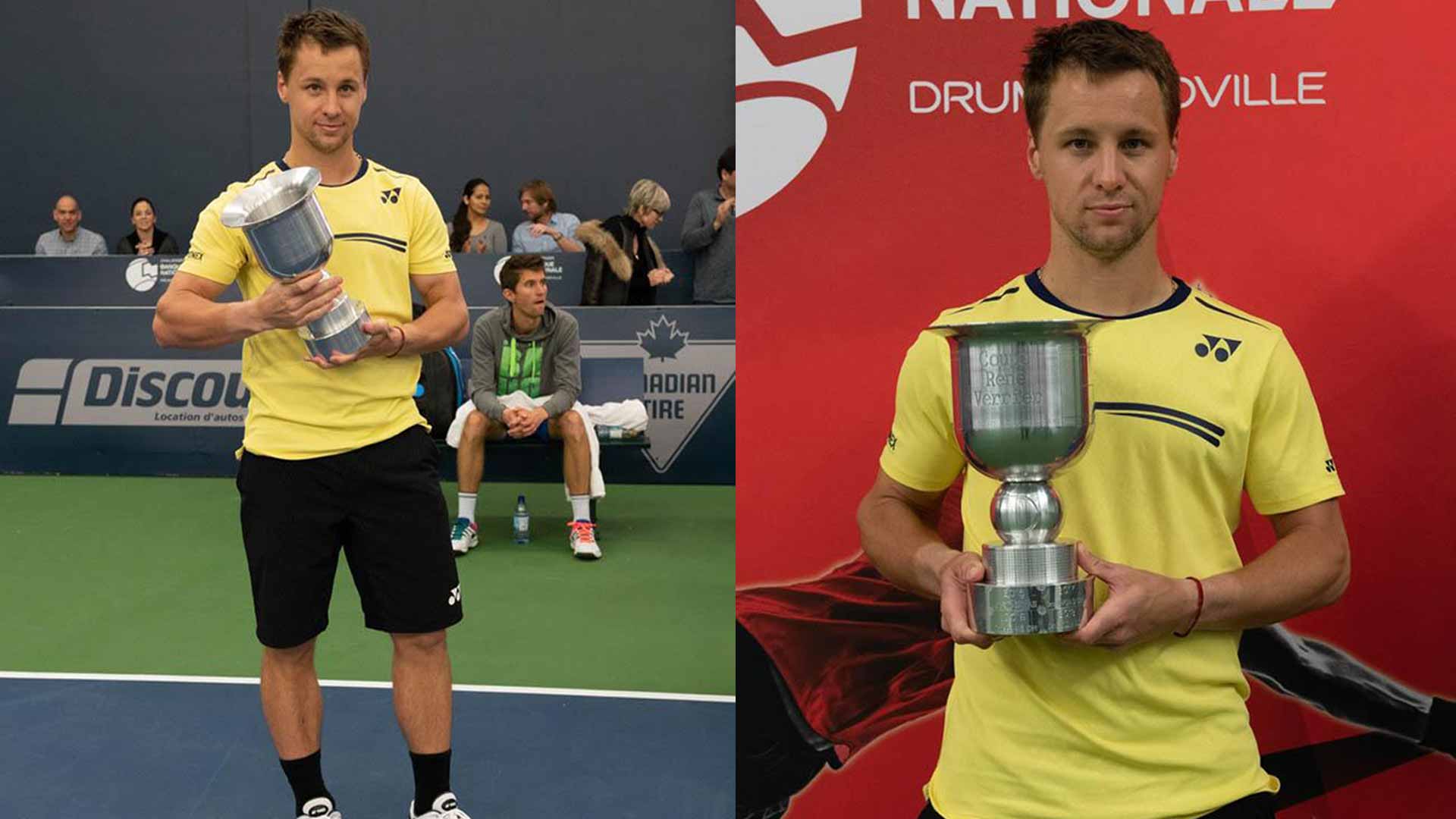Wawrinka & Federer Could Clash In The Third Round… Again!
Wawrinka & Federer Could Clash In The Third Round… Again!
Roger Federer could meet compatriot Stan Wawrinka in the third round for the second straight tournament at the Miami Open presented by Itaú. After Federer defeated Wawrinka in straight sets in Indian Wells en route to the final (l. to Thiem), Wawrinka, the 30th seed may get a chance to avenge that loss in the second ATP Masters 1000 tournament of the year.
If the Swiss stars meet, it will be their 26th FedEx ATP Head2Head meeting (Federer leads 22-3). All three of Wawrinka’s victories have come on clay, at either Roland Garros or a Masters 1000 tournament. But perhaps Federer was a prophet after beating his friend in the California desert.
““I think he knows, as well as I, that he’s very, very close and it’s just a matter of time until he’s going to break through again,” Federer said after their Indian Wells match.
Federer will have to get past Aussie Matthew Ebden or a qualifier, and Wawrinka must defeat Serbian Filip Krajinovic or Frenchman Pierre-Hugues Herbert to set the popcorn battle. Federer has won all 12 of his clashes with Wawrinka at hard-court Grand Slams or Masters 1000 events, triumphing on eight of those occasions in straight sets.
Watch Highlights Of Roger & Stan’s Indian Wells Clash:
Also in their quarter is sixth seed Kevin Anderson, Rolex Paris Masters champion Karen Khachanov, 13th seed Daniil Medvedev and 2017 Nitto ATP Finals winner Grigor Dimitrov.
World No. 1 Novak Djokovic, who is pursuing a record seventh Miami title, will look to get back on track after a surprising third-round loss against German Philipp Kohlschreiber in Indian Wells. Regardless of who he meets in the second round, it will be a familiar foe. Djokovic will play former World No. 4 Tomas Berdych or Aussie Bernard Tomic.
The top seed has won 25 of 28 FedEx ATP Head2Head meetings against Berdych — including all 21 of their matches on hard courts — and all five of his clashes with Tomic. But Berdych owns four victories against World No. 1s, including a triumph in Miami against then-World No. 1 Federer nine years ago.
The first seeded opponent Djokovic could face is No. 32 seed John Millman, who beat Roger Federer in the fourth round of last year’s US Open before Djokovic dismissed him. No. 22 seed Roberto Bautista Agut, who upset Djokovic en route to the Doha title in January, could be a fourth-round opponent for the Serbian. No. 15 seed Fabio Fognini, who partnered Djokovic to the Indian Wells doubles semi-finals, is also in his section.
Fresh off his maiden Masters 1000 triumph in Indian Wells, Dominic Thiem carries plenty of confidence into Miami. Matching his career-high ATP Ranking of No. 4, the third seed will play Indian Wells quarter-finalist Hubert Hurkacz or Italian Matteo Berrettini in the second round. The next highest-ranked player in his quarter is Kei Nishikori. There may be another popcorn third-round match, as Nishikori could face Abierto Mexicano Telcel presentado por HSBC winner Nick Kyrgios.
Seventh seed John Isner begins his title defence against Slovak Martin Klizan or a qualifier, and he could face Australian Open semi-finalist Lucas Pouille in the third round. Alexander Zverev, who lost to Isner in last year’s final, is the second seed. The German will face an early test against former World No. 3 David Ferrer or home favourite Sam Querrey.
Zverev’s quarter is filled with #NextGenATP stars. He could play 28th seed Frances Tiafoe in the third round, while reigning Next Gen ATP Finals champion Stefanos Tsitsipas and 20th seed Denis Shapovalov are also among the #NextGenATP players in the bottom fourth of the draw.
Projected Quarter-final Matches
No. 1 Novak Djokovic vs. No. 7 John Isner
No. 3 Dominic Thiem vs. No. 5 Kei Nishikori
No. 4 Roger Federer vs. No. 6 Kevin Anderson
No. 2 Alexander Zverev vs. No. 8 Stefanos Tsitsipas






